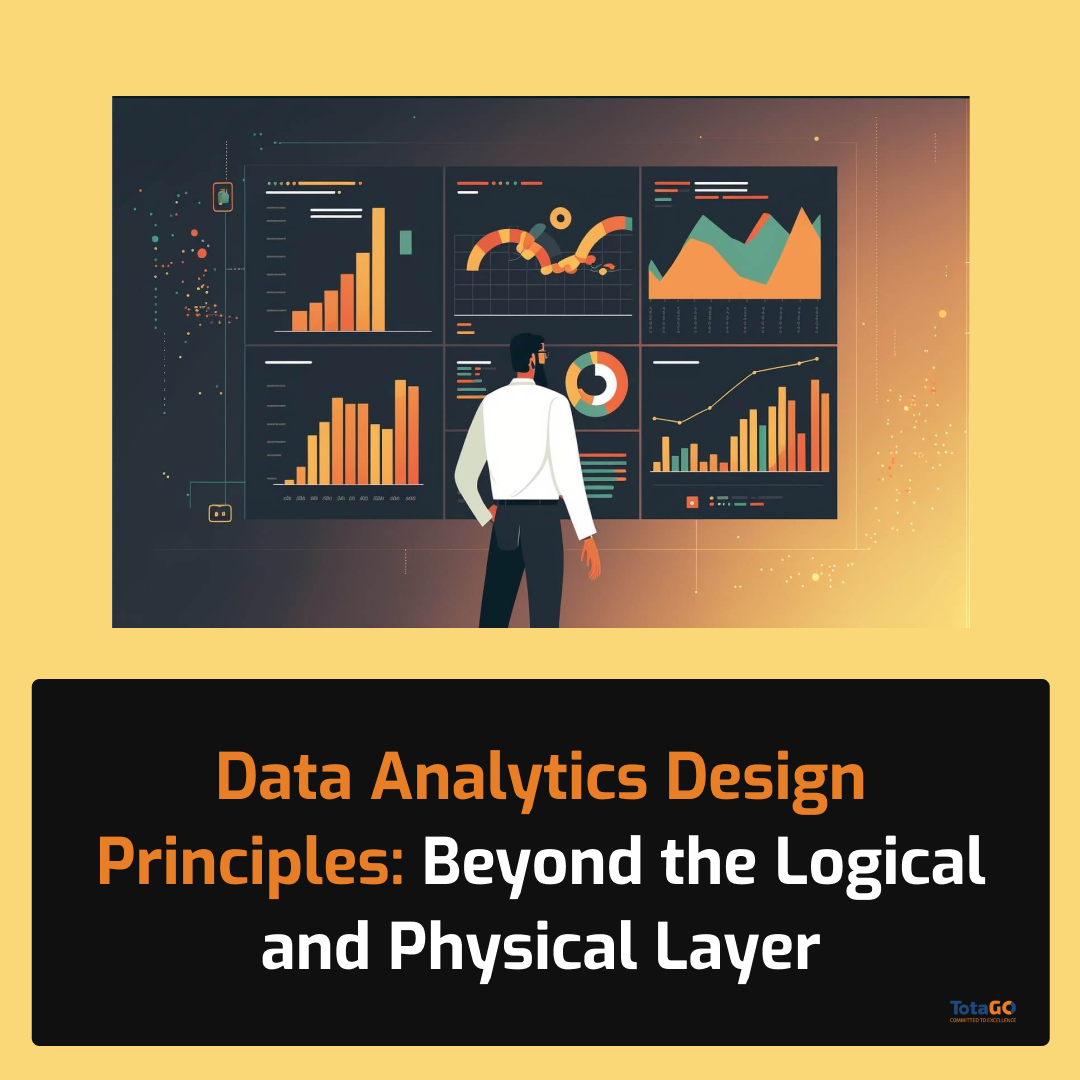Understanding data analytics basics is more critical than ever in 2024. True success in data analytics goes beyond the logical and physical layers; it involves a holistic approach to design principles, focusing on scalability, extensibility, cost-effectiveness, and strategic architecture choices. Let’s delve into these crucial frameworks and considerations for successful data analytics.
Defining Data Analytics Basics: Scalability, Extensibility, and Cost-Effectiveness
Scalability: This refers to a system’s ability to handle increased loads without compromising performance. A scalable data architecture can grow seamlessly with your business, accommodating more data, users, and analytics demands. Additionally, it’s essential to ensure your infrastructure can support future growth without major overhauls.
Extensibility: This is the capacity of a system to incorporate new functionalities without significant modifications. An extensible design allows you to integrate new data sources, analytics tools, and technologies as they emerge. Also, this flexibility is crucial for staying competitive and responsive to changing business needs.
Cost-Effectiveness: Balancing initial expenses with long-term value is key. While some technology licenses and implementations may seem cheaper upfront, poor design and architecture can lead to escalating costs over time. Also, a cost-effective approach considers the total cost of ownership, including maintenance, upgrades, and support.
Hiring Considerations for CTOs and CFOs
When hiring a firm or consultant for data analytics projects, CTOs and CFOs should emphasize cost-effectiveness and value delivery. Here are key factors to consider:
- Expertise and Experience: Look for a team with a proven track record in designing scalable and extensible data solutions. Their experience should align with your specific industry and business goals.
- Strategic Approach: A good consultant will focus on long-term benefits, not just immediate gains. They should prioritize creating architectures that are adaptable and future-proof.
- Cost Transparency: Ensure clarity about costs, including potential hidden expenses. A reliable partner will provide a comprehensive breakdown of costs and help you understand the long-term financial implications.
Architecture Choices: On-Premises vs. Cloud
Choosing the right architecture is a critical decision with long-lasting impacts. Here are some factors to consider:
- On-Premises: This option offers more control and security but can be costly in terms of infrastructure and maintenance. It’s ideal for organizations with strict data governance requirements.
- Cloud: Cloud solutions provide scalability and flexibility, often with lower initial costs. They are suitable for businesses that prioritize rapid deployment and agility.
Best Practices and Long-Term Considerations
- Design for Change: Implement modular designs that allow for incremental updates and improvements. This approach reduces the risk of obsolescence and facilitates easy adaptation to new technologies.
- Prioritize User Experience: A well-designed data analytics solution should be intuitive and user-friendly, empowering non-technical users to extract valuable insights with ease.
- Invest in Training and Support: Ongoing education and support are essential for maximizing the value of your analytics investments. Ensure your team is equipped to leverage the full potential of the tools at their disposal.
- Regular Audits and Reviews: Conduct periodic assessments of your analytics infrastructure to identify areas for improvement and optimization. This proactive approach helps prevent costly issues and ensures alignment with evolving business needs.
Conclusion
Understanding data analytics basics is crucial for building a robust, future-proof framework. The cost of poor design and architecture in data analytics can be steep, affecting both immediate outcomes and long-term viability. Also, by focusing on scalability, extensibility, cost-effectiveness, and strategic architecture choices, organizations can build robust data analytics solutions that drive sustainable growth.



